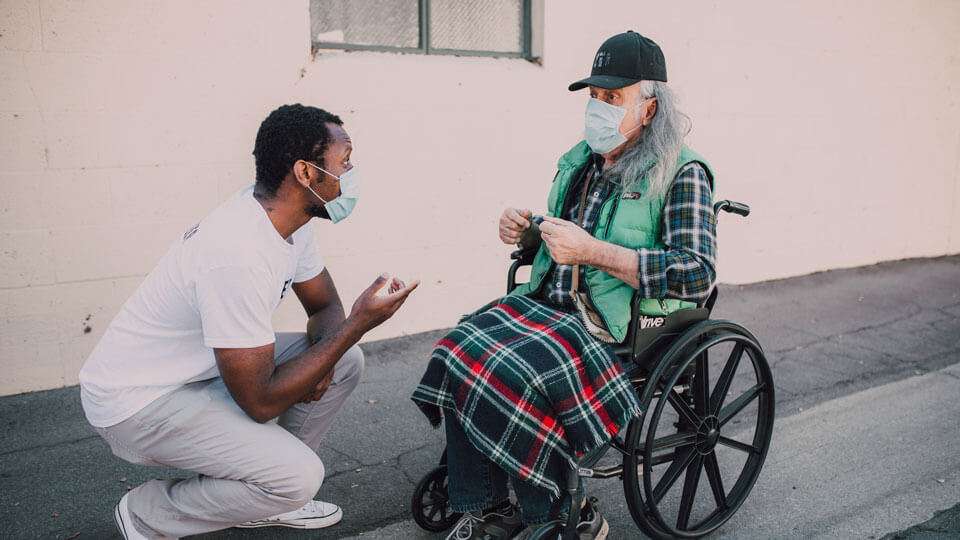Civic character
Assets | Altruism

Recognizing others’ needs and seeking their general well-being and success.
1. Highlights
Altruism involves seeking to help someone else, sometimes at a cost to ourselves. When practicing Principled Innovation, altruism means moving from empathy to taking action. This requires making our care and compassion for others tangible by committing time and energy to strengthen our communities.
Use empathy and perspective taking to understand others' needs
Serve the community in ways that they want to be helped
Pursue solutions that improve equity and fairness even when faced with resistance
Systems changes are never easy, as the institutional structures and the people who benefit from the current systems may not be interested in new ways of doing things. Principled Innovation therefore requires altruism — a recognition that the change is worthwhile if it will create a more fair and equitable learning environment, even if there is some cost to particular individuals or groups.
Coming to this recognition and being motivated to act altruistically in these situations requires perspective taking and empathy: we need to understand and emotionally connect with the experiences of others in order to want to develop a more complete understanding both of the challenges in our schools and of the potential solutions that could address them. If our commitment to action is not coupled with a drive to better understand our students, parents, and colleagues — an understanding supported by the PI Practices of understanding culture and context and engaging diverse perspectives — what we might think of as altruistic behavior could in fact be misguided. That is, the way we care is related to context: people’s experiences of the world differ, so what helps one person might hurt another, and vice versa. Altruism should aim toward serving our communities in ways that the communities want to be helped, not in the ways that we think they want to be helped, based on stereotypes or second-hand understandings.
When we enter dialogue with others who are different from us and build empathetic connections with them based on perspective taking, we are better prepared to engage in what psychologist Nel Noddings has called an “ethic of care” — of entering into action for the welfare of our community based on our deep understanding of their lived experiences. Altruism, then, when informed by perspective taking, empathy and other character assets such as humility and truth-seeking, leads to caring — giving of ourselves to help others. And this caring, in turn, leads to Principled Innovation.


2. Context

How to build a culture of generosity at work
Article
10 minutes
By: Greater Good Science Center, Wayne Baker
What is altruism?
Video
2 minutes
By: McCombs School of Business
Why some people are more altruistic than others
Video
12 minutes
By: Abigail Marsh, TED
Seeding innovation
Video
15 minutes
By: Principled Innovation® (PI)
